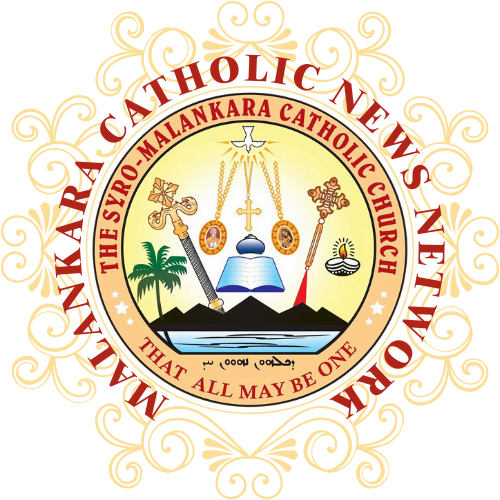A Syro Malankara rite Mass attended by nearly 5,000 people Nov. 9 inaugurated the biennial meeting of the Catholic Bishops´ Conference of India (CBCI) here in the northeastern state of Meghalaya.
Celebrated by CBCI president Archbishop Benedict Mar Gregorios Varghese Thangalathil of Trivandrum and concelebrated by bishops of the other two rites, it was the first such Mass witnessed by local people.
The 105 bishops taking part from the 126-member CBCI discussed priestly formation, the problems of ´Dalit´ (low caste) Christians, minority rights in education, inroads made by non-Christian sects, and solidarity with the Church in Sri Lanka.
Addressing the opening session, Archbishop Gregorios urged fellow bishops to further promote the spirit of reconciliation and communion in the Church.
Referring to what he called a “historic” May 1987 letter from Pope John Paul II to the Indian bishops, Archbishop Gregorios said the future of the local Church “will depend upon the measures” bishops take to put the papal directive into practice.
He said it was “a great grace” that the pope´s letter was received “willingly and with full loyalty by all.”
In his letter, the pope tried to settle centuries-old inter-rite rivalry in the Indian Catholic Church by asking the bishops to form three episcopal conferences, for Latin, Syro Malabar and Syro Malankara rites.
“We have successfully implemented the direction of the Holy Father about the constitution of three conferences of the three rites in India,” Archbishop Gregorios told a public function attended by about 2,000 people. He said the Vatican approved the new constitution.
The CBCI president said it would be “suicidal” for the Catholic Church if it failed to witness “Christ in perfect union,” especially when “Muslims all over the world and even some Christian sects are propagating their own convictions and ideologies.”
Though lamenting a lack of lay involvement in Church affairs, he said he found an awakening among Indian lay people, citing the National Convention of Catholics organized mostly by lay people in Bombay last June.
He called the convention a “unique event” and a “great success,” where “500 participants, mostly lay people, prayerfully reflected on the life and mission of believers in modern India.”
He lauded evangelization work in the northeast, where the Church will celebrate its centennial in 1990. The region, with eight dioceses in seven states, has 800,000 Catholics served by 476 priests and 1,209 nuns.
“When all over the world evangelization is very much in the thoughts of Christians, here (northeast India) there is a very successful example spread over a century,” he said.
Archbishop Gregorios, leader of the Malankara Church, said rites “duly and canonically accepted by the Catholic Church form a category quite different and transcending all other diversities.
“The full and sincere acceptance of this truth is a condition ´sine qua non´ for any progress of the Church in India,” the archbishop said, adding that “refusal to accept it will weaken it and make it barren.”
He also called for a massive program to provide solidarity with “our brethren who are oppressed and victimized.” He said more than 60 percent of Christians in India belong to low caste groups.
The archbishop called on the Catholic community to show “communion” by actually sharing spiritual and material goods.
Admitting that Dalit Christians find little consolation even within the Church, he said depressed (Dalit) Christians are victims of “gross injustice at the hands of the public authority.”
The Indian bishops expressed concern over the rise in communal violence in various parts of the country. The meeting began amid fear of large scale communal violence over Hindu fundamentalist plans to build a temple on the site of a historic mosque at Ayodhya, about 450 kilometers east of Delhi.
The bishops also prayed for victims of recent riots in the northern state of Bihar, where clashes between Hindus and Muslims left more than 200 dead.

